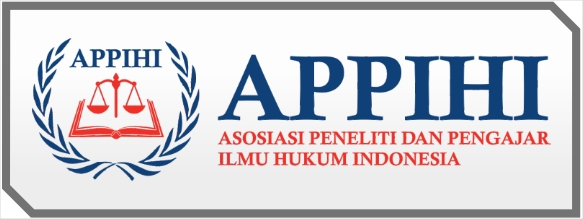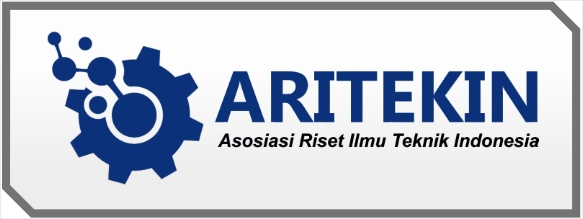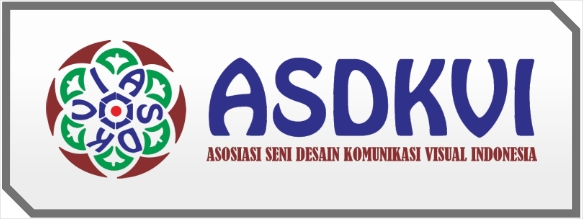Pendampingan Pembuatan Teh Daun Mint Untuk Meningkatkan Jiwa Wirausaha Warga Binaan Rutan KLS II B Situbondo
DOI:
https://doi.org/10.58192/sejahtera.v3i1.1739Keywords:
Inmates, Mint, Herbal TeaAbstract
The State Detention Center (RUTAN) is an integral part of the Ministry of Law and Human Rights, which is entrusted with the responsibility for executing the main tasks of the Ministry in the aspects of placement, care and services for prisoners. A concrete example of a detention center is the Situbondo Class II B Detention Center, a correctional institution located in Situbondo Regency, East Java Province, Indonesia. Individuals serving a sentence in a class II B State Detention Center, including inmates or detainees, have the need to improve their skills during the period of their detention. One of the rehabilitative activities carried out in prison is the practice of hydroponics, where one type of plant grown is mint. So far, the harvest of mint plants has been sold directly to prison visitors and also promoted at car free day activities in the Situbondo square. It was revealed that the leaves of the mint plant have significant health value and can be processed into herbal tea. In this context, assistance was provided with the process of making mint leaf tea at the Class II B Detention Center in Situbondo as part of efforts to diversify medicinal plants. This program aims to achieve two main benefits. First, stimulate the motivation of inmates to develop entrepreneurial skills after they are released from punishment, with the hope of improving their economic conditions. Second, increase their understanding of the processing of agricultural products, especially mint leaves which are processed into herbal tea. Training and practical methods are directly applied in this empowerment activity. The results include increased knowledge and skills in processing mint leaves into herbal tea. The final product of this program is herbal tea with an attractive and informative packaging design.
References
Antara. (2023). Kemenkumham nobatkan Rutan Situbondo jadi terbaik kedua se-Indonesia—ANTARA News. https://www.antaranews.com/berita/3521307/kemenkumham-nobatkan-rutan-situbondo-jadi-terbaik-kedua-se-indonesia
Arfida, S., Artaye, K., Wibowo, H., & Dinata, A. S. (2023). PEMANFAATAN TEKNOLOGI TERHADAP E-PEMASARAN UMKM BEEBEE HIDROPONIK TEH DAUN MINT. Jurnal Pengabdian Mandiri, 2(5), 1125–1132.
PRIBADI, E. R. (2010). Peluang Pemenuhan Kebutuhan Produk Mentha Spp. Di Indonesia. Perspektif: Review Penelitian Tanaman Industri, 9(2), 66–77.
RUTAN KELAS I LABUHAN DELI. (2023). Tugas Pokok dan Fungsi Rutan – RUTAN KELAS I LABUHAN DELI. https://www.egovlabdels.com/tugas-pokok-dan-fungsi-rutan/
Martono, 2017, SABDA TOGA (Sarana Budidaya Tanaman Obat Keluarga) Untuk Daerah Perkotaan di RT 04 dan 06 RW 07 Kelurahan Tegalrejo, Kota Salatiga, Jurnal Pengabdian Masyarakat, Universitas Brawijaya, Vol 1 No 1
Downloads
Published
How to Cite
Issue
Section
License
Copyright (c) 2023 Andina Mayangsari, Farit Al Fauzi

This work is licensed under a Creative Commons Attribution-ShareAlike 4.0 International License.

















